Since I’ve been writing about cities in science fiction recently, I thought it would be helpful to highlight three great books about cities that can give readers a lot of ideas on the growth and transformation of these centers of human life. People have been congregating in cities since they began to trade goods and worship gods together, and the books here go back to prehistory and all the way forward to potential space colonies and the creations of science fiction. I think these are essential companions to reading about cities of the imagination.
Four Lost Cities by Annalee Newitz
Annalee Newitz’ Four Lost Cities is a great place to start since the book dispels many myths of urban change, chief among them the idea that cities are ever “lost” or “disappear.” Through her site visits to archeological digs and conversations with scientists who have spent their careers trying to understand ancient cities, Newitz paints vivid pictures of how four great cities came into existence and were then changed or largely abandoned. She spent years studying Çatalhöyük, a Neolithic city in central Turkey, Pompeii in the ancient Roman empire, Angkor Wat in Cambodia, and Cahokia, center of a thriving indigenous culture in what is now the East St. Louis area about a thousand years ago.
In addition to being a first-rate science journalist, Newitz has the eye and concerns of a scifi writer so she asks questions that get to the heart of how people experienced urban life and how they dealt with environmental problems, social change and all the unexpected conditions they had to contend with. She emphasizes the decisions made by people in all walks of life, how they chose to live, when they moved, how they reshaped great cities and the changes that forced them to adapt.
One of the most surprising cities is the Neolithic Çatalhöyük, largely because it had few of the trappings of later cities dating from the 3000s BCE such as walls and large public spaces. The wall had been taken by most earlier historians of city development as essential to the formation of urban centers. Most theories described a powerful central authority that could command the construction of large public works, coerce a labor force and control a large area around the city. Çatalhöyük, dating back to 6000 BCE, had none of that.
“Urbanism at Çatalhöyük wasn’t some grand plan forged by kings and warlords. Instead it emerged from an ever expanding sprawl of houses, where humans developed the crafts, tools, and symbolism that still make cities so appealing despite their many drawbacks.”
Four Lost Cities, Kindle edition, Location 525
Newitz says that farming and the city went hand in hand. The strong reciprocal relationship enabled both to thrive. The city could be seen as something alive, yet conditions might lead to a decision to leave it behind and create something new elsewhere. Four Lost Cities is full of insights about human adaptation to different types of urban life and how that might point to a hopeful future.
Imagining Urban Futures by Carl Abbott
Carl Abbott is a historian of cities who devoted his latest book to the imagined urban spaces of science fiction. Imagining Urban Futures is a well-informed and comprehensive survey of fictional futures and the many ways scifi writers have thought about their urban creations. He sees cities as places where people make connections through trade, arts and industry and as such become great centers of creativity. He argues against the idea he finds in some science fiction that cities are mostly negative – limiting adventure and imagination and serving only as places for people to launch into open space in a search for new worlds.
“I argue the contrary—that cities can be front and center as vividly imagined worlds whose characteristics play active roles that help to structure the arc of the story, forcing and constraining the choices that the characters make.”
Imagining Urban Futures, Kindle edition, Location 151
To prove his point, he covers a vast terrain of imagined cities. Among the many types of cities he describes is the city as machine, like C.J. Cherryh’s Pell Station in Downbelow Station, Larry Niven’s Ringworld, or the TV creation, Babylon 5. These are artifacts that have become centers of trade, diplomacy and military strategy. Everything that happens in them is shaped by the limits of the artificial environment but they have all the characteristics of vibrant cultural and social centers.
He also talks about the carceral city, as in Zamyatin’s We and especially in Arthur C. Clarke’s The City and the Stars, where the city shuts out possibilities, and the characters want to break out to explore the unknown. Miéville’s New Crobuzon in Perdido Street Station represents the heterogeneous city as a great convergence of people of multiple races, forms of knowledge, transportation and potential collaboration. Abbott also describes the distributed city, like the surviving ships of humanity in Battlestar Galactica, that provides a model for resilience in the face of disaster. There is a host of ideas taken from a broad cross-section of science fiction and urban theory.
The High Frontier by Gerard K. O’Neill
One of the most important types of science fictional cities is the space station or habitat. Gerard K. O’Neill worked out the physics, engineering, economics and a lot more of a real space colony in his The High Frontier of 1979. Working with technologies and materials that were available in the 1970s, O’Neill spelled out in remarkable detail how a complex habitat of multiple rotating rings and cylinders could be constructed at L5 (a LaGrange point where it can maintain a stable position in relation to Earth while both orbit the sun).
Though it would start with a core construction crew of only a few thousand living in spartan conditions, he imagined facilities that could support millions. And their habitats would have beautiful landscapes of valleys, hills, lakes and multiple villages and cities supporting a diverse population. He also gave a lot of thought to the economics of the enterprise, seeing the necessity for the colony to turn a profit through trade with Earth. Its principle export would be energy generated in great solar arrays and beaming electricity to Earth by microwave.
If you want to know the origin of fictional spaces stations like Babylon 5 and Deep Space 9 and many others, this is it. O’Neill was convinced that part of Earth’s population would be forced to relocate to space because of overpopulation (that was the driving concern at that time instead of climate change), and so he worked out what seemed to him a practical way to support people in a habitat of abundance and even luxury. This book lays out the practical plans for opening the world of space settlement. While there have been multiple advances in our understanding of colonizing space, especially the impacts on the human body, The High Frontier is still essential reading, especially for those of us with a science fictional perspective. I doubt anyone (with the possible exception of Michael T. Savage) has envisioned a space habitat in such detail and scientific accuracy.
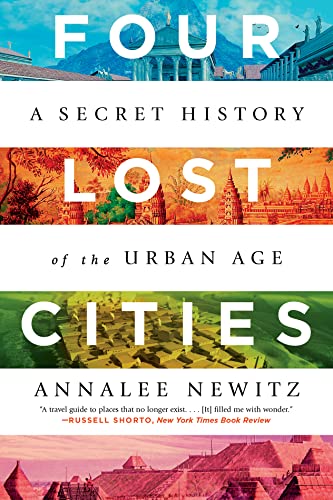
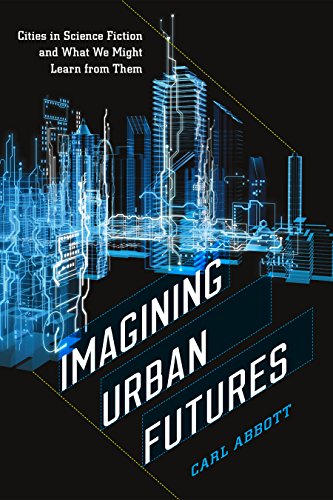
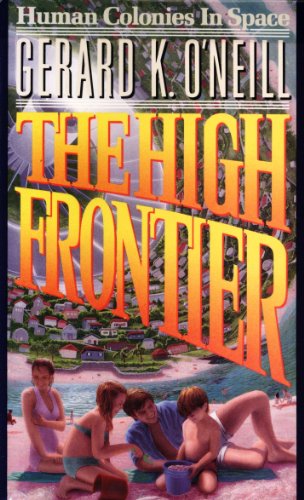
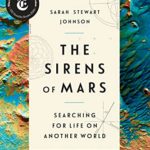
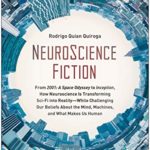

Leave a Reply